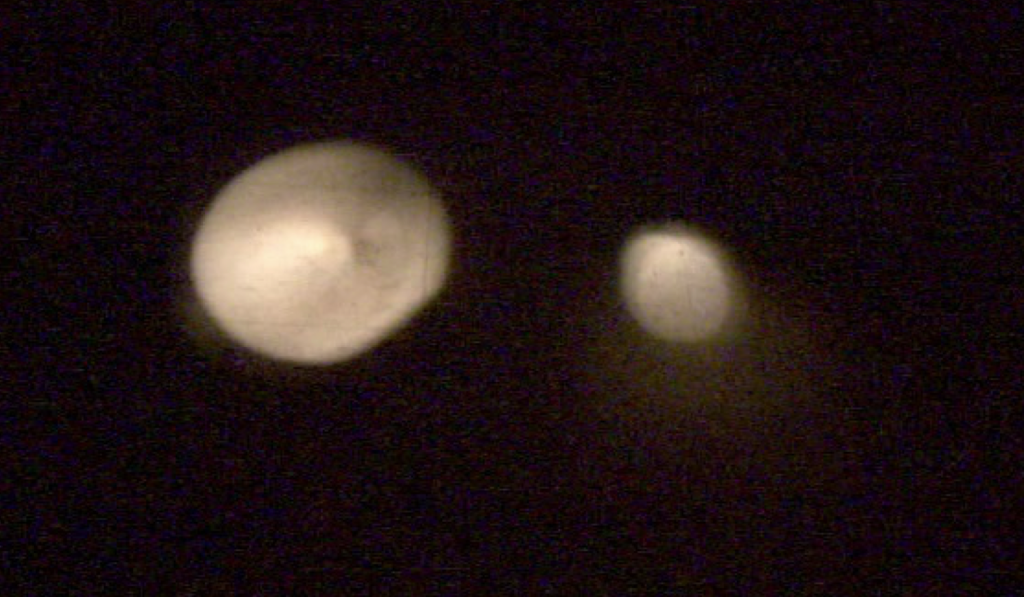The Seconds – Background
Course Background
This case study comes from an undergraduate course for future elementary science teachers, Scientific Inquiry, co-taught by Leslie Atkins Elliott, a physics professor, and Irene Salter, a biology professor. The aim was for students to develop an understanding of how science is done, rather than cover traditional science content. There was no textbook or lab manual. Instead, students developed and pursued their own research questions around the themes of light, sound, and vision. Students had access to a range of materials, including everyday items such as flashlights, mirrors, tinfoil, paper, and tape.
The data for this case came from a larger project, Transforming Writing and Literacy Practices in the Inquiry Classroom, supported by the National Science Foundation, under Grant 1638523, to Leslie Atkins. For more information on the project and the course, see www.composingscience.com.
Episode Background
The course began with a familiar question: “Imagine someone is standing at the end of a darkened hallway and shines a flashlight at the other end of the hallway. As you look out a door into the hallway, what will you see?” To physicists, the answer is “nothing:” Light needs to enter your eye, and so the “beam” is not visible in itself; the light must reflect off of something — a wall, another object, dust in the air — and into your eye. The instructors anticipated that when the students tried it, groups would be puzzled by the lack of a visible beam and would develop and test models to explain it.
As it happened, however, the students noticed other phenomena, including the shape of spots by a beam on the wall. They brought up other experiences, such as seeing beams from a spotlight at a car dealership or casino. They developed experiments with tubes and flashlights, drew diagrams to explain their ideas, and came up with a variety of new questions.
One of the questions that came out of their discussions was, “Can we make a beam of light by shining it through a tube?” One group of students thought the tube would “corral” light rays (“like pencils in a tall cup instead of a short cup”) while another thought the tube would “block” light rays. After comparing diagrams, one group tested their idea that the tube would block light by making tubes of two different lengths from rolled up black construction paper. If light was blocked by the tube rather than corralled, they reasoned, the shorter tube would let out more light.
What they saw confirmed their prediction, but it raised more questions, in particular about the fuzzy edges of the spots.

The episode begins with students observing the two spots of light on the floor of a dark classroom. As shown below, the short tube (on the left) produced a noticeably larger spot of light and the long tube (on the right) produced a smaller spot.
